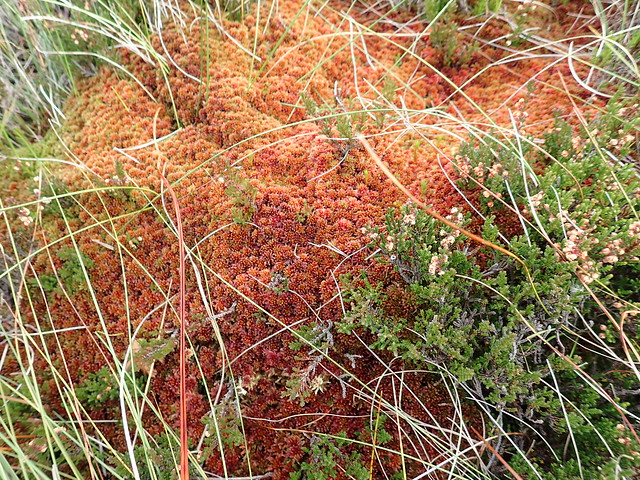New evidence indicates that hummock-forming species of sphagnum moss recover from harvesting.
The study by Moors for the Future Partnership, commissioned by Natural England, aimed to determine whether it is sustainable to harvest Sphagnum palustre from SSSI areas for translocation to nearby sites. It concluded that within five years a patch of this sphagnum will have recovered enough to harvest again.

It is especially useful to identify sustainable sources of hummock-forming species as they are better at forming peat than flush-forming species such as Sphagnum fallax. It is already established that it is possible to sustainably harvest flush-forming species.
Re-introduction of sphagnum can halt the loss of peat on the moors and in turn the loss of carbon to the atmosphere. Also, introducing sphagnum can improve water quality, reduce flood risk and reduce the risk of wildfires.
The study took place on United Utilities land managed by the RSPB. Handfuls of sphagnum were harvested from quadrats with 10% area being taken. In some quadrats, the sphagnum around the hole was patted back, in others it was not. A faster recovery rate was achieved when patting back the holes immediately following harvesting, as per best practice guidance, as opposed to leaving open spaces in the hummock.
The study also indicates that harvesting sphagnum at a 10% rate produces similar outcomes to no intervention over three annual growing seasons.
This pilot study paves the way for further study and raises a number of questions. These include:
Does the size of a patch form which sphagnum is harvested affect how it recovers? Does the spatial pattern of harvesting affect sphagnum recovery?